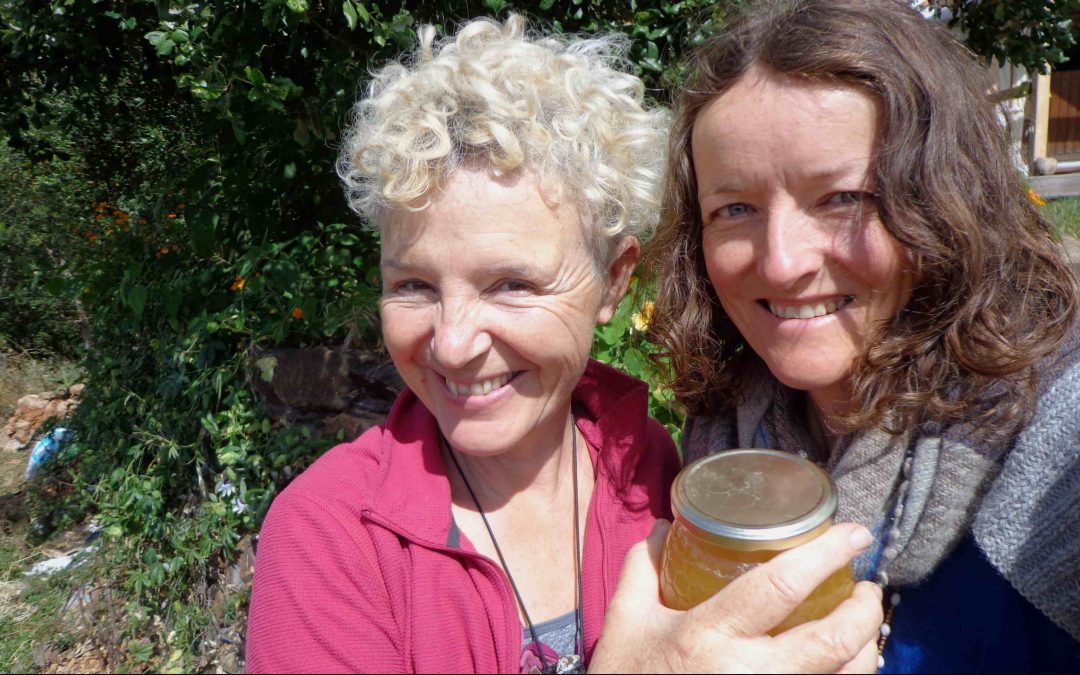In April Clare and I headed to Marmalade a festival of design thinking created to solve intractable social problems. For seven years Marmalade has been the informal, dynamic, free and open-access fringe event to the Skoll World Forum on Social Entrepreneurship based in Oxford, UK. Building on the event’s track record, Marmalade 2016 proposed user-centred approaches to catapult people’s efforts to make the world a better place, establishing collaborative design efforts to unlock problems that were previously stuck. .
Our plan: To share our work and perspective on future design thinking for eco-development and earth protection.
Our proposal for this workshop titled Design by Nature for Nature – A regenerative economy for rural communities, was to focus on real life problems and challenges faced by two projects that we are actively involved with: The Jamaican Cocoa Farmers Association, who struggle to get their Cacao to market, and the hurdles faced by Juan Patricio Pilco Hipo, the founder and leader of “Dressing the Mountains in Green“ a reforestation and agro-ecological project in the Andes.
A select and focused group of social pioneers attended. we worked with the heart and mind intelligence of all those present, using all the varied experience in the room, to create a design solution, aided by the principles of Biomimicry. ( Biomimicry is an approach to innovation that seeks sustainable solutions to human challenges by emulating nature’s time-tested patterns and strategies.).
This was a successful design day, and we created a beautiful visual model for application and replication. We will be sharing this visual with you in our next newsletter.
Upcoming/ future workshops:
We will be hosting more select Design by Nature with Nature workshops and Connected by Design events through Earthlife.
The Focus
Smallholder farmers produce 60% of food that is from developing and many developed countries, yet they struggle with limited income from inefficient, low yield farming practice. Often on degraded land and they are being encouraged into single crop farming. Instead, we need to re-wild and replant our forest agriculture and matrix farming practices. Natural regenerative design for established small farmers and earth stewards leads to decreasing soil erosion and less desertification, creating abundant food solutions for the future.
The Process: Designing in groups for real life issues – using nature as our guide for solving difficult problems.
Primary Design Goals : Transition to greater economic security and self-reliance, by supporting a community to become Entrepreneurial land stewards. Create resilience through a variety of income sources. Get projects recognised locally and regionally for the benefit it is providing. Maximise the potential impact of a project.
Secondary Design Goal: Create value and recognition in the marketplace for products from ‘beyond Fairtrade’ regenerative stewardship?


Recent Comments